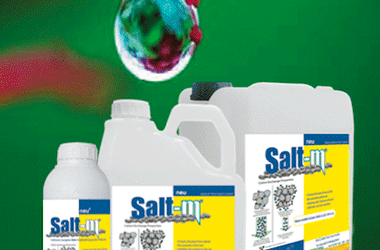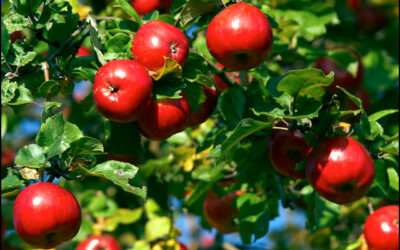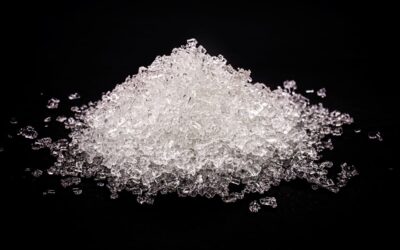Agricultural Acides
Agricultural Acids
During the fertilization process in agriculture, there are important acids that will increase the fertility of the soil. The main ones among these acids are amino acid, fulvic acid, boric acid and humic acid. Now let’s examine these agricultural acids more closely.
Fulvic Acids
Fulvic acid is a lower molecular weight but higher oxygen content of humic acid. Fulvic acid, a substance in the soil, comes out as a result of organic decomposition. During this process, millions of beneficial microbes are released. It is very rich in fulvic acid, hormones, fatty acids, ketones, flavonoid (anti-bleeding agent), vitamins and minerals.
Fulvic acid is known as the most active substance in the soil due to the healthy minerals it contains. Although humic minerals and fulvic minerals are very similar to each other, they are two different formations. Both are added in addition to the soil in agricultural areas.
Amino Acids
Amino acids mean energy for every living thing and they form the building blocks of proteins. Ribosomes in cells synthesize proteins from amino acids along with mRNAs. As a result of the application of amino acids to plants in agriculture, energy production is provided. For this reason, the amount of chlorophyll in the plant increases and accordingly the rate of photosynthesis increases. Accelerating the activations in the plant both helps the plant to produce products quickly and ensures its revival.
As a result of the use of amino acids in plants, it will be seen that nutrients are well transported to every region in the plant. It is also effective against cell membrane permeability. The main functions of amino acids in plants are to promote growth, increase fruit quality and provide fruit ripening. In addition to these, there are various effects for the plant.
Boric Acids
Thanks to boric acid, it injects the source of Boron, one of the most important trace elements in plant life, into the soil. It normalizes the synthesis of nitrogenous substances, improves metabolic processes and increases the content of chlorophyll in the leaves. If the available amount of boron in the soil is compatible with the norm, yield and fruit maturity increase, the general resistance of plants to adverse conditions increases.
Boric acids are the simplest and most affordable boron compound, so it is widely used in various fertilizers. It is a colorless crystalline substance in the form of odorless flakes, easily soluble in water, acidic properties are very weak.
Humic Acids
Although humic acid is known as a type of fertilizer used in horticulture, it is actually a compound that makes it easier to get the primary nutrients, secondary nutrients and trace elements necessary for plants in the soil. Humic acids are compounds that occur as a result of chemical and biological interactions that arise from the natural decomposition of plants and animals. Microorganisms have an active role in the formation of these compounds. Humic acid is also known as a good source of humus.
In the use of humic acid, the aeration property of the soil increases. In this way, the tired soil rejuvenates. Soil structure is regulated. Humic acid combines with clay minerals and ensures that the soil has a granular texture. It helps to increase the air and water permeability in the soil. It helps to increase the processing properties of the soil. It prevents soil compaction. It takes air and makes it fluffy.



